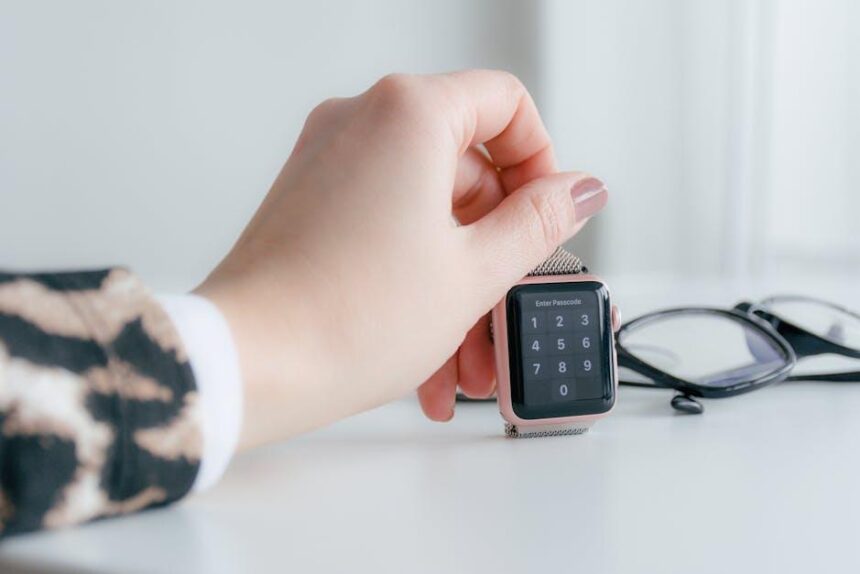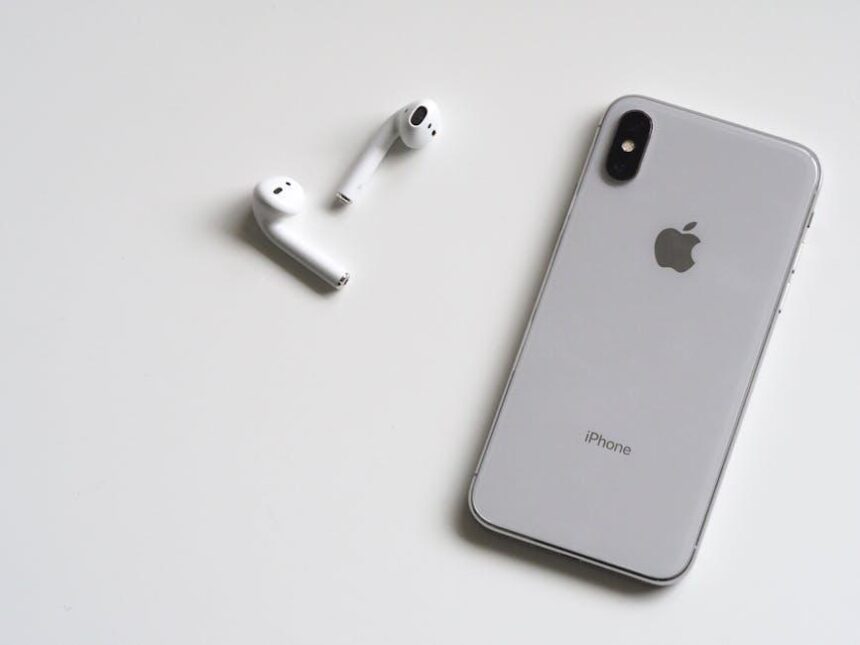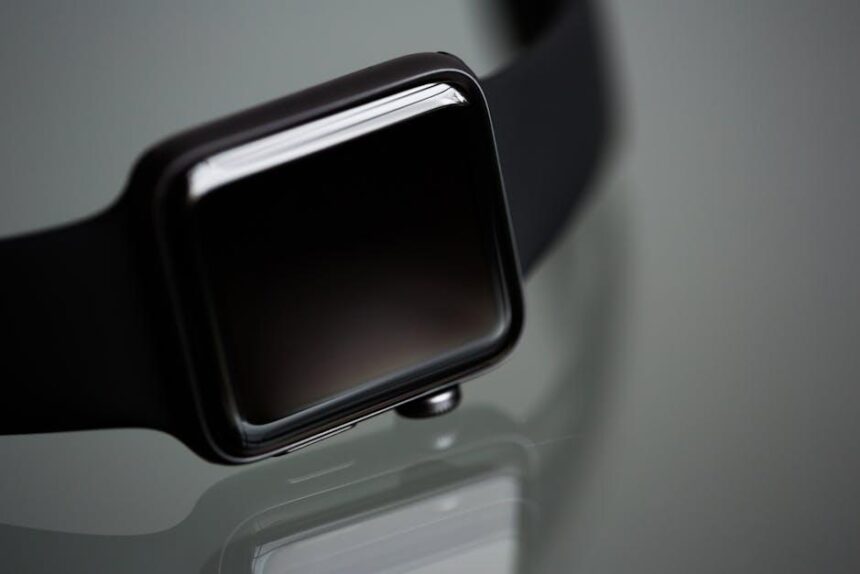In today’s fast-paced world, your Apple Watch is not just a fashion accessory but an essential tool that keeps you connected and informed. However, the relentless demands of notifications, fitness tracking, and apps can swiftly drain its battery. To ensure your device stays powered up throughout your busy day, activating Low Power Mode can be a game changer. This simplified feature cleverly reduces energy consumption by limiting certain functionalities without compromising your watch’s core capabilities. In this article, we’ll explore how to seamlessly activate Low Power Mode on your Apple Watch, helping you unlock extended battery life when you need it most.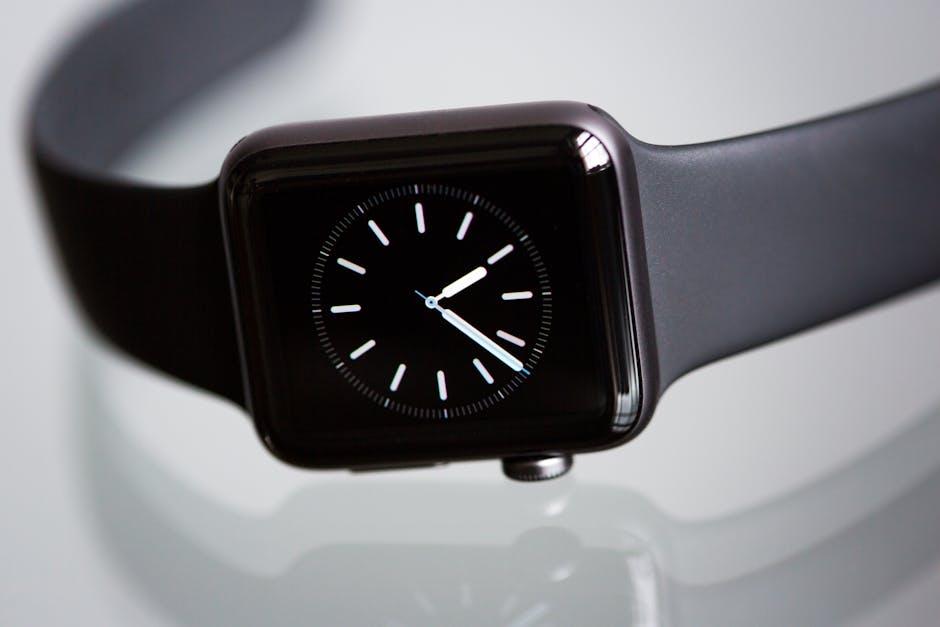
Understanding the Benefits of Low Power Mode for Your Apple Watch
Low Power Mode on your Apple Watch is a game-changer when it comes to extending battery life, ensuring you can stay connected longer without constantly worrying about your watch dying on you. Here are the key benefits you can reap from enabling this feature:
- Prolonged Battery Life: Activating Low Power Mode reduces power consumption, allowing your watch to last significantly longer between charges-a crucial advantage for busy days or travel.
- Essential Functionality: While it does turn off some features, you’ll still have access to critical functionalities like notifications, calls, and tracking your fitness activities, so you won’t miss a beat.
- Personalized Control: You can choose when to activate Low Power Mode based on your daily needs. Whether you’re heading out for a long hike or just need extra battery for a busy workday, this flexibility can be a lifesaver.
- Battery Management: By integrating this mode, you can better manage your battery’s overall health, potentially extending its lifespan over time.
- Simple Activation: With just a few taps, you can enable Low Power Mode directly from your watch or the paired iPhone, making it incredibly user-friendly.
When you activate Low Power Mode, certain features are limited, including:
| Feature | Availability |
|---|---|
| Always-On Display | Disabled |
| Background Heart Rate Monitoring | Disabled |
| Blood Oxygen Measurement | Disabled |
| Tracking of Workouts | Limited (some features accessible) |
By understanding and utilizing Low Power Mode, you empower yourself to manage your Apple Watch’s battery life effectively, optimizing it to fit your lifestyle while ensuring you stay connected when it matters most.
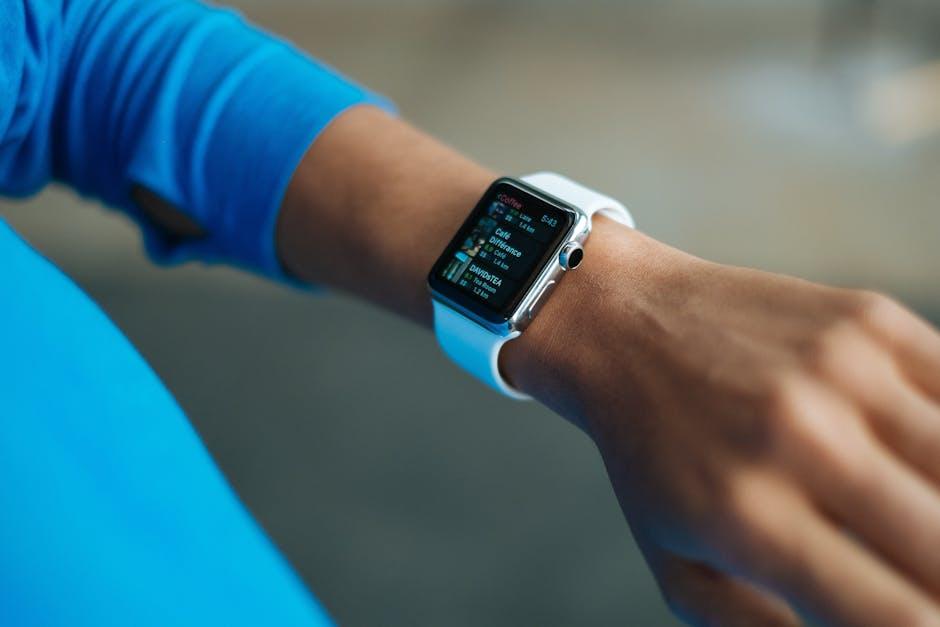
Step-by-Step Guide to Activating Low Power Mode
Activating Low Power Mode on your Apple Watch is a straightforward process that can help you extend your battery life, ensuring that your device has enough juice to get you through the day. Follow these simple steps:
- Wake Your Apple Watch: Raise your wrist or press the Digital Crown to wake your watch.
- Access the Control Center: Swipe up from the bottom of the watch face to open the Control Center.
- Locate the Battery Icon: Look for the battery icon, which represents your battery status.
- Select Low Power Mode: Tap on the battery icon. You will see an option for “Low Power Mode.” Toggle this to activate it.
- Confirm Activation: A prompt will appear asking you to confirm that you want to activate Low Power Mode. Tap “Turn On” to confirm.
Once activated, you’ll notice that your Apple Watch will disable certain functionalities to conserve battery power:
- Background app refresh is limited.
- Notifications may become more sparse.
- Automatic heart rate monitoring may be slowed down.
By keeping these key features in mind, you can make informed decisions about how to use your Apple Watch while extending its battery life!
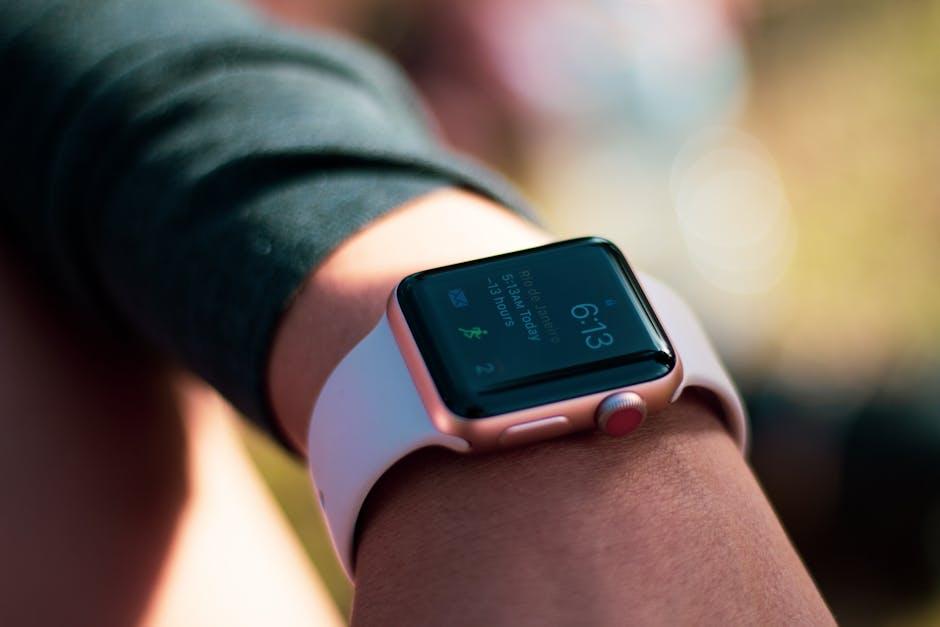
Optimizing Your Watch Settings for Extended Battery Life
To maximize the battery life of your Apple Watch, tweaking its settings is essential. By implementing a few simple adjustments, you can significantly extend the time between charges and ensure your watch remains functional throughout the day.
Here are some effective strategies to optimize your watch settings:
- Activate Low Power Mode: This feature reduces background activity and can extend battery life significantly. To enable it, go to Settings > Battery > Low Power Mode.
- Limit Notifications: Frequent notifications can drain your battery. Customize your notifications by navigating to Settings > Notifications and disable unimportant alerts.
- Use a Dark Watch Face: OLED screens consume less power with darker pixels. Choose a watch face that emphasizes darker colors to help save battery.
- Reduce Brightness: Lowering the brightness can have a considerable impact on battery life. You can adjust this in Settings > Display & Brightness.
- Turn Off Always-On Display: If your model supports it and you don’t need constant visibility, this feature can be turned off under Settings > Display & Brightness.
Additionally, consider the following settings:
| Feature | Recommendation |
|---|---|
| Background App Refresh | Disable it to prevent apps from updating in the background. |
| Heart Rate Monitoring | Set to Automatic to save battery but check manually when necessary. |
| Wrist Raise | Turn off the wake feature if you find it activates too often. |
By taking these steps, your Apple Watch can go the extra mile, ensuring you stay connected without constantly worrying about running out of battery. Implement these settings today to enjoy enhanced longevity on your device!
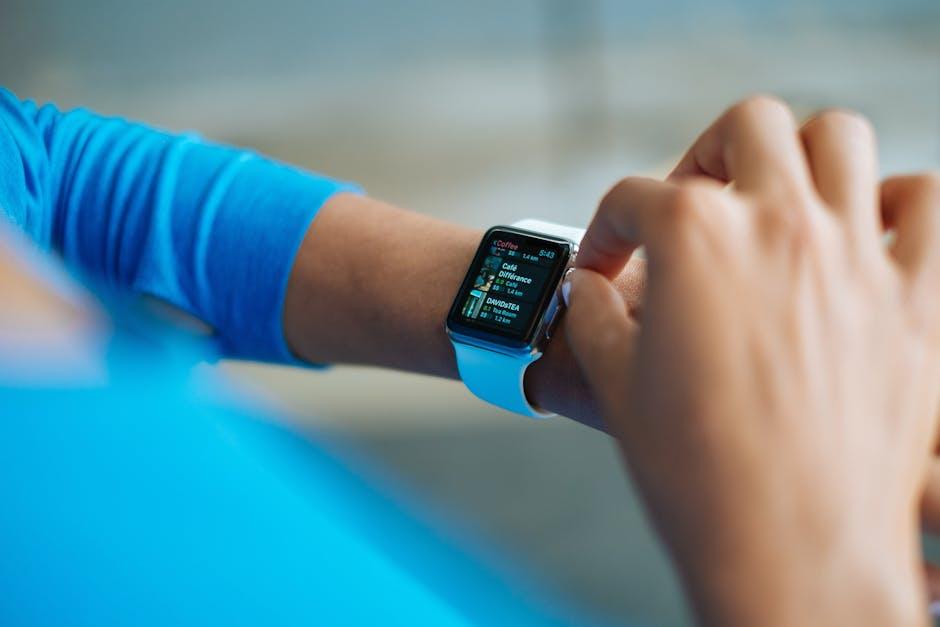
Common Misconceptions About Low Power Mode Explained
When it comes to activating Low Power Mode on your Apple Watch, several misunderstandings can lead to inefficient use of this valuable feature. Let’s clarify some of the most prevalent misconceptions to help you maximize your device’s battery life effectively.
- Myth: Low Power Mode Completely Disables All Functions
Many users believe that enabling Low Power Mode turns off all functionalities of the watch. In reality, it only restricts certain power-intensive features-like background app refresh and automatic updates-while still allowing essential functions such as notifications, workout tracking, and time display.
- Myth: Low Power Mode Is Only for Emergency Situations
While it’s true that Low Power Mode is useful in emergencies, you don’t have to wait until your battery is critically low to activate it. You can use this feature regularly to prolong battery life, especially during days filled with activities or usage.
- Myth: Battery Lifetime Is the Same with Low Power Mode Enabled
Enabling Low Power Mode can significantly extend your battery life. It reduces the energy consumption of various features, allowing your Apple Watch to last longer between charges.
- Myth: There’s No Visibility into What’s Reduced
Some users think that once Low Power Mode is activated, there’s no way to see what features are limited. However, you can still access your settings and see which functionalities are currently operational or restricted, allowing for informed usage decisions.
- Myth: Low Power Mode Affects Performance Irreparably
A common fear is that using Low Power Mode will slow down your device permanently. The truth is, it temporarily alters performance to save battery and returns to normal operation once disabled.
| Feature | Normal Mode | Low Power Mode |
|---|---|---|
| Background App Refresh | Enabled | Disabled |
| Wi-Fi Connectivity | Enabled | Enabled |
| Notifications | Enabled | Enabled |
| Fitness Tracking | Enabled | Enabled |
Understanding these common misconceptions about Low Power Mode can empower you to use your Apple Watch more effectively, helping you to keep it powered up and ready for whatever your day may hold.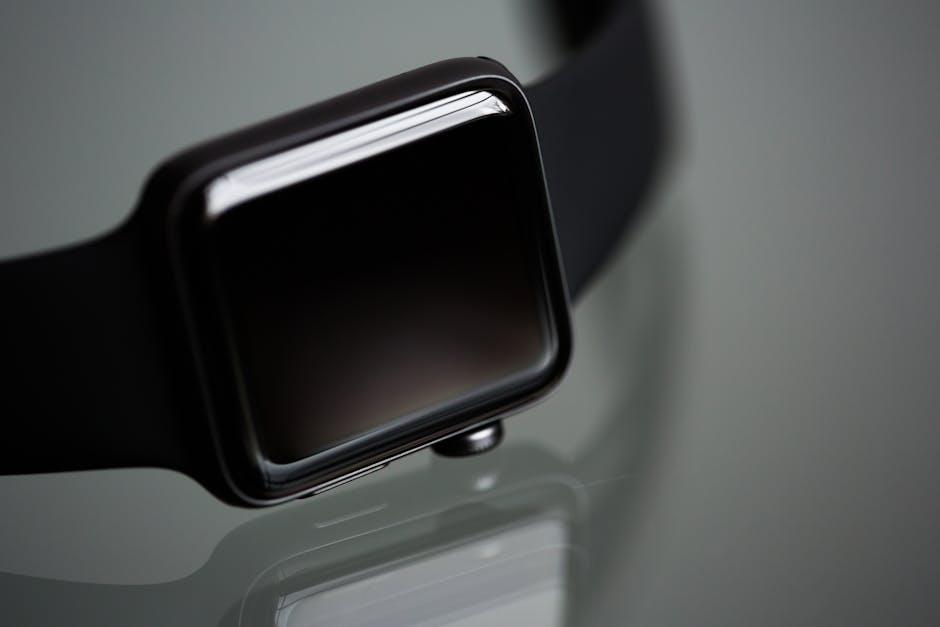
In Conclusion
As we navigate the digital age, maximizing the battery life of our devices has become essential. Activating Low Power Mode on your Apple Watch is a simple yet effective step towards ensuring your device lasts longer through the day. By intelligently managing background activity and reducing unnecessary features, Low Power Mode not only extends usage time but also contributes to healthier battery longevity. Embrace this powerful tool to keep your Apple Watch energized and ready to assist you at all times. Remember, a few thoughtful adjustments can make a significant difference in your daily experience.


